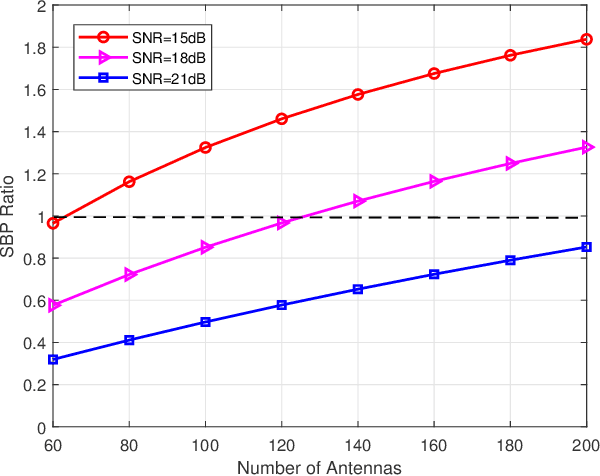Sensing as A Service in 6G Perceptive Networks: A Unified Framework for ISAC Resource Allocation
Paper and Code
Feb 22, 2022



In the upcoming next-generation (5G-Advanced and 6G) wireless networks, sensing as a service will play a more important role than ever before. Recently, the concept of perceptive network is proposed as a paradigm shift that provides sensing and communication (S&C) services simultaneously. This type of technology is typically referred to as Integrated Sensing and Communications (ISAC). In this paper, we propose the concept of sensing quality of service (QoS) in terms of diverse applications. Specifically, the probability of detection, the Cramer-Rao bound (CRB) for parameter estimation and the posterior CRB for moving target indication are employed to measure the sensing QoS for detection, localization, and tracking, respectively. Then, we establish a unified framework for ISAC resource allocation, where the fairness and the comprehensiveness optimization criteria are considered for the aforementioned sensing services. The proposed schemes can flexibly allocate the limited power and bandwidth resources according to both S&C QoSs. Finally, we study the performance trade-off between S&C services in different resource allocation schemes by numerical simulations.
 Add to Chrome
Add to Chrome Add to Firefox
Add to Firefox Add to Edge
Add to Edge